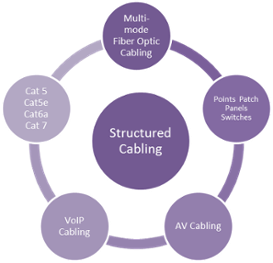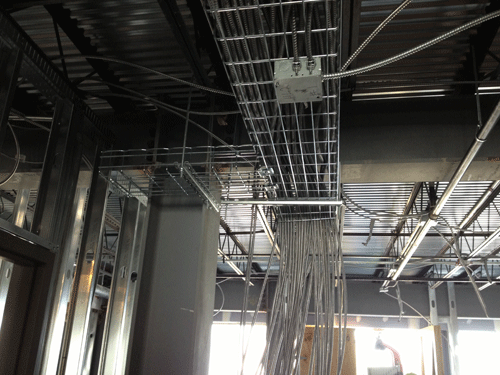There are three items which require decisions concerning the tying down of multiconductor cables in cable tray wiring systems. Item #1 is to define under what conditions the multiconductor cables in cable trays are to be tied down. Item #2 is to define the frequency at which the multiconductor cables are to be tied down. Item #3 is to select the ties that have the proper characteristics for the specific installations. In the following material, where the word cable is used it means multiconductor cable.
Item #1- Conditions Requiring Cable Tie Down:
The reasons for tying down cables are to keep them in the cable trays, to maintain the proper spacing between cables, or to confine the cables to specific locations in the cable trays. National Electrical Code Section392.8(B) states that i[……]

